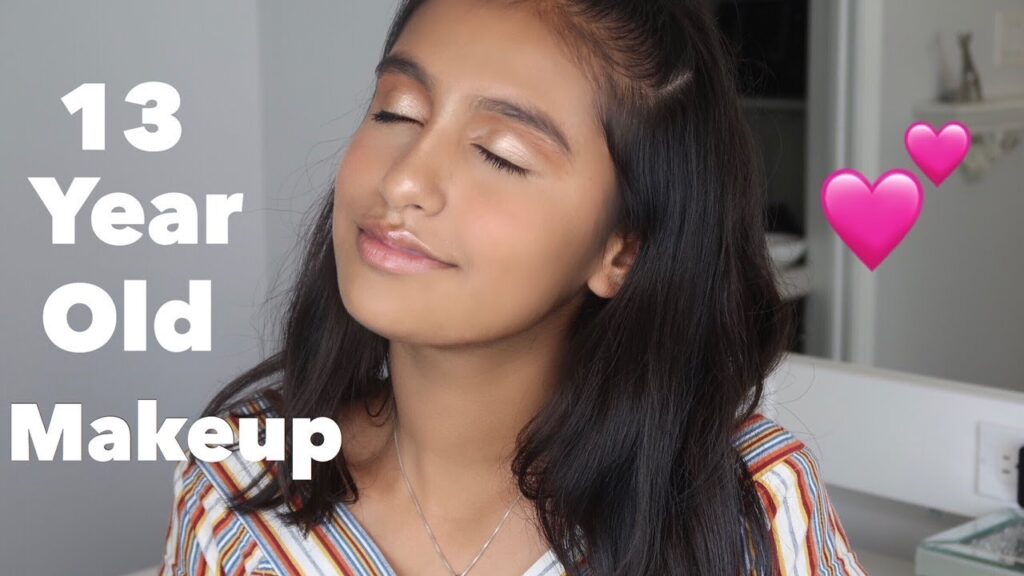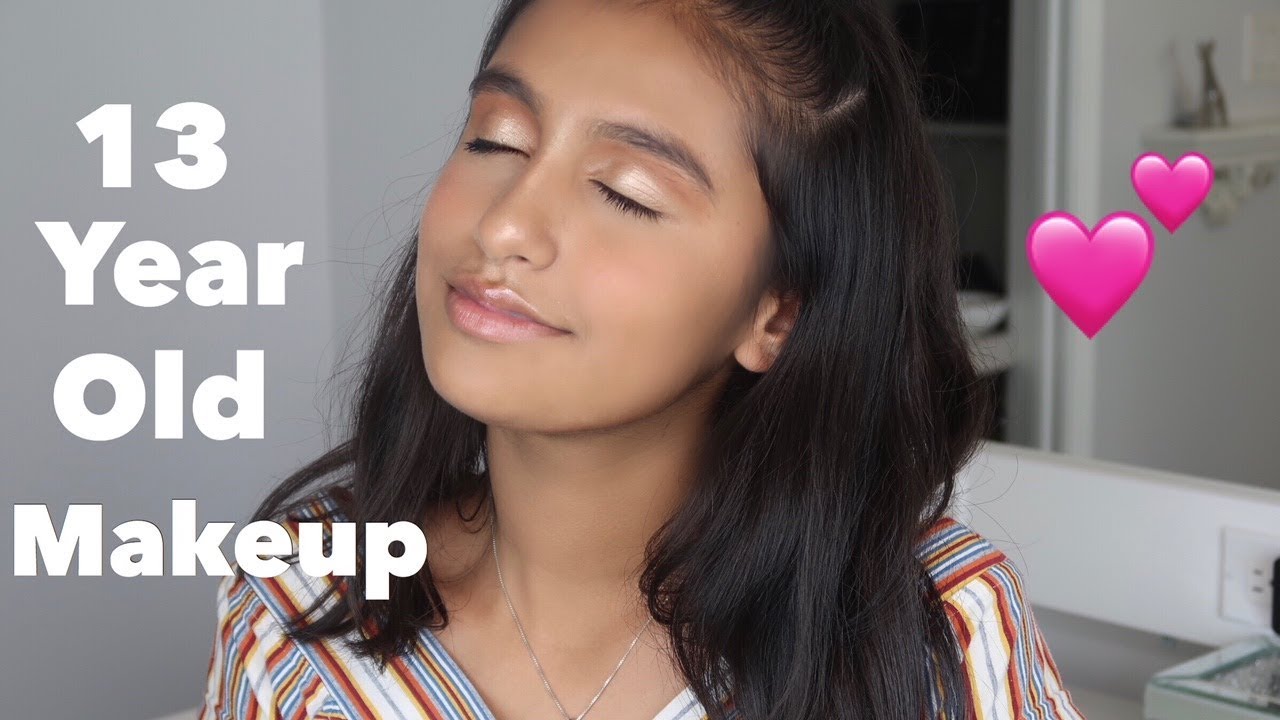
Is Instagram Safe for 13 Year Olds? A Parent’s Guide to Navigating Social Media
The question of whether Instagram is safe for 13 year olds is a complex one, fraught with potential risks and rewards. As parents navigate the digital landscape, understanding the nuances of this popular social media platform is crucial. This article aims to provide a comprehensive overview of the potential dangers and benefits of Instagram for 13 year olds, offering practical advice and insights to help parents make informed decisions. We’ll delve into privacy settings, content moderation, potential exposure to inappropriate material, cyberbullying, and the impact on mental health, ultimately helping you determine if Instagram is a suitable platform for your teen.
Understanding Instagram’s Popularity and Age Restrictions
Instagram, owned by Meta, boasts billions of active users worldwide and is a hub for visual content, connecting people through photos, videos, and stories. Its appeal lies in its ease of use, visual focus, and the ability to connect with friends, family, and influencers. However, Instagram officially requires users to be at least 13 years old. This age restriction is in place due to the Children’s Online Privacy Protection Act (COPPA) in the United States and similar regulations in other countries, which aim to protect children’s online privacy.
Despite these regulations, many younger children use Instagram, often with or without their parents’ knowledge. This raises significant concerns about their exposure to potentially harmful content and interactions.
Potential Risks of Instagram for Young Teens
While Instagram offers opportunities for creativity and connection, it also presents several risks for 13-year-olds:
Exposure to Inappropriate Content
Instagram is a vast platform, and despite content moderation efforts, inappropriate content can slip through the cracks. This includes sexually suggestive material, violent imagery, and content promoting harmful behaviors like substance abuse or self-harm. Young teens may not have the emotional maturity to process such content, leading to anxiety, confusion, or even normalization of unhealthy behaviors.
Cyberbullying and Online Harassment
Cyberbullying is a pervasive issue on social media, and Instagram is no exception. The anonymity offered by online platforms can embolden bullies, leading to harassment, threats, and public shaming. 13-year-olds are particularly vulnerable to cyberbullying due to their developing social skills and heightened sensitivity to peer pressure.
Privacy Concerns and Data Security
Instagram collects a significant amount of user data, including personal information, browsing history, and location data. This data can be used for targeted advertising and, in some cases, may be vulnerable to breaches. For 13 year olds, who may not fully understand the implications of sharing personal information online, this poses a significant privacy risk. It’s crucial to understand how to manage privacy settings and limit the information shared on the platform.
Negative Impact on Mental Health
Studies have shown a correlation between social media use and mental health issues, particularly among adolescents. Instagram‘s focus on visual content can contribute to body image issues, feelings of inadequacy, and social comparison. The curated nature of many Instagram profiles can create unrealistic expectations and lead to feelings of low self-esteem and anxiety. [See also: The Impact of Social Media on Teen Mental Health]
Online Predators and Grooming
While rare, the risk of encountering online predators is a serious concern on any social media platform, including Instagram. Predators may use fake profiles to befriend young teens and groom them for exploitation. Parents should educate their children about the dangers of interacting with strangers online and the importance of reporting suspicious behavior.
Strategies for Keeping Teens Safe on Instagram
If you decide to allow your 13 year old to use Instagram, there are several steps you can take to mitigate the risks:
Open Communication and Education
The most important step is to have open and honest conversations with your teen about the potential risks of Instagram and social media in general. Educate them about cyberbullying, online predators, privacy concerns, and the impact of social media on mental health. Encourage them to come to you with any concerns or issues they encounter online.
Privacy Settings and Account Monitoring
Help your teen configure their Instagram privacy settings to limit who can see their posts and interact with them. Make sure their account is set to private, which means only approved followers can view their content. Regularly review their follower list and the accounts they follow to identify any potential red flags. Consider using parental control apps to monitor their Instagram activity, but be transparent about your monitoring efforts to maintain trust. [See also: Best Parental Control Apps for Social Media]
Setting Time Limits and Boundaries
Establish clear time limits for Instagram use to prevent excessive screen time and its associated negative effects. Encourage your teen to engage in other activities, such as sports, hobbies, and spending time with friends and family offline. Create tech-free zones in your home, such as during mealtimes and bedtime.
Promoting Critical Thinking and Media Literacy
Teach your teen to critically evaluate the content they see on Instagram and other social media platforms. Encourage them to question the authenticity of images and videos, and to be aware of the potential for manipulation and misinformation. Help them develop media literacy skills to distinguish between credible sources and unreliable information.
Leading by Example
Be a role model for responsible social media use. Limit your own screen time, be mindful of the content you share, and demonstrate healthy online habits. Show your teen that it’s possible to use social media in a positive and balanced way.
Alternatives to Instagram for Younger Teens
If you’re concerned about the risks of Instagram for your 13 year old, consider exploring alternative platforms that are designed for younger audiences or offer more parental controls. Some options include:
- TikTok: While also potentially problematic, TikTok has robust content moderation.
- YouTube Kids: A curated version of YouTube with age-appropriate content.
- Messenger Kids: A messaging app designed for children with parental controls.
Ultimately, the decision of whether or not to allow your 13 year old to use Instagram is a personal one. By understanding the potential risks and benefits, and by taking proactive steps to protect your child, you can help them navigate the digital world safely and responsibly.
The Future of Social Media Safety for Teens
The landscape of social media is constantly evolving, and so are the challenges and opportunities for young users. As technology advances, it’s crucial for parents, educators, and policymakers to stay informed and adapt their strategies to ensure the safety and well-being of teens online. This includes advocating for stronger regulations, developing innovative tools for content moderation, and promoting digital literacy education in schools and communities. The ongoing conversation about platforms like Instagram and whether Instagram is safe for 13 year olds is vital to protecting future generations.
Remember that Instagram, like any tool, can be used for good or ill. The key is to empower your child with the knowledge and skills they need to make informed decisions and navigate the digital world safely and responsibly. By fostering open communication, setting clear boundaries, and promoting critical thinking, you can help your teen harness the power of social media while minimizing the risks.
The question “is Instagram safe for 13 year olds” doesn’t have a simple yes or no answer. It requires ongoing evaluation, adaptation, and a commitment to your child’s well-being in the digital age.

